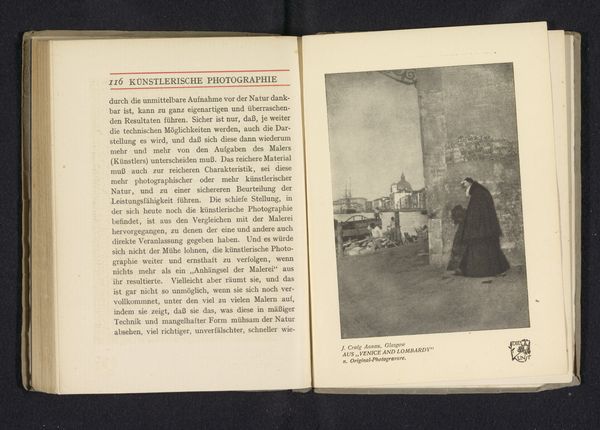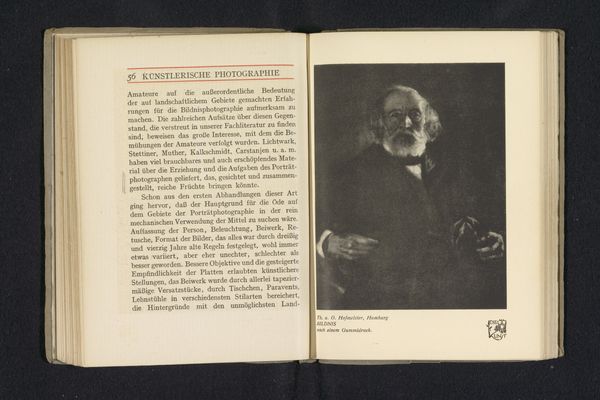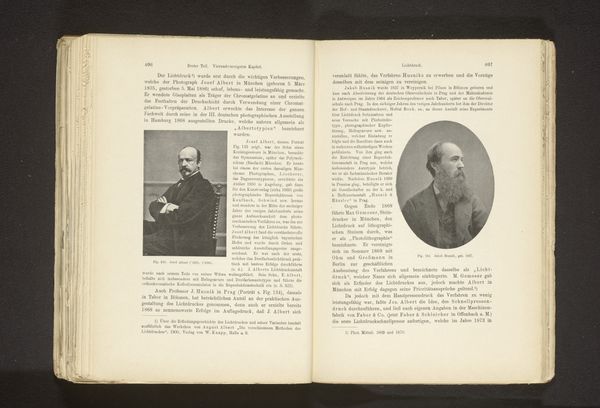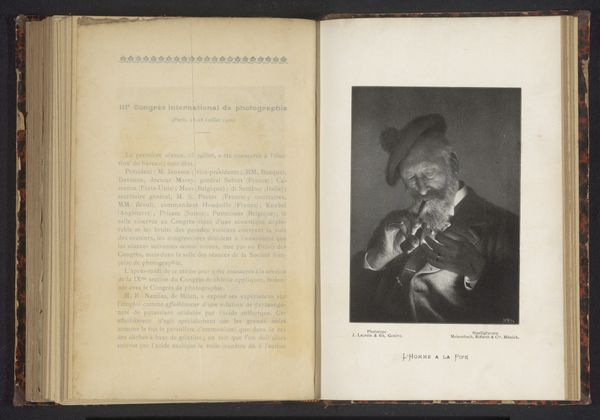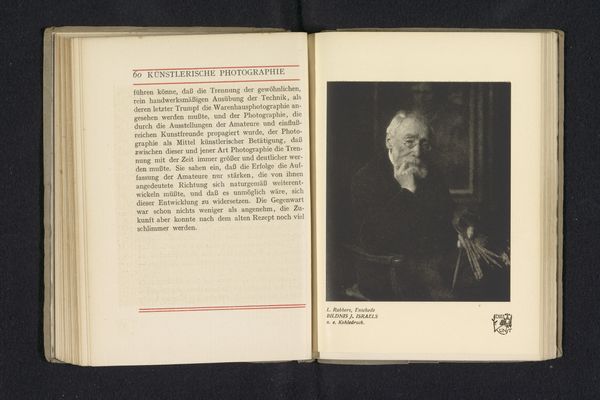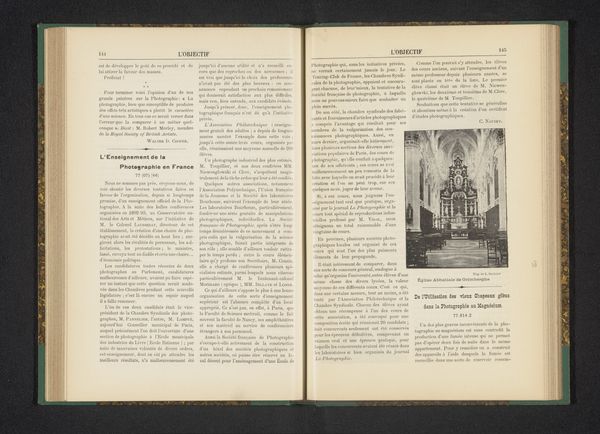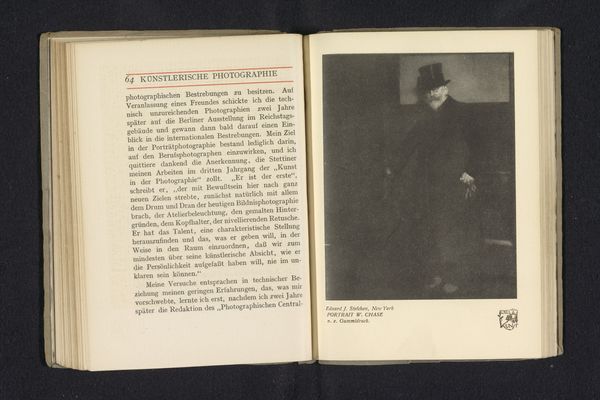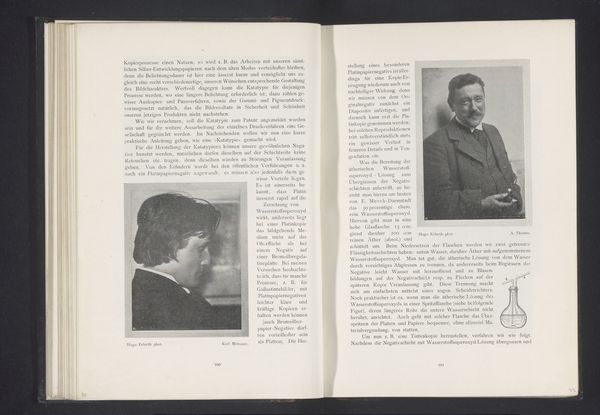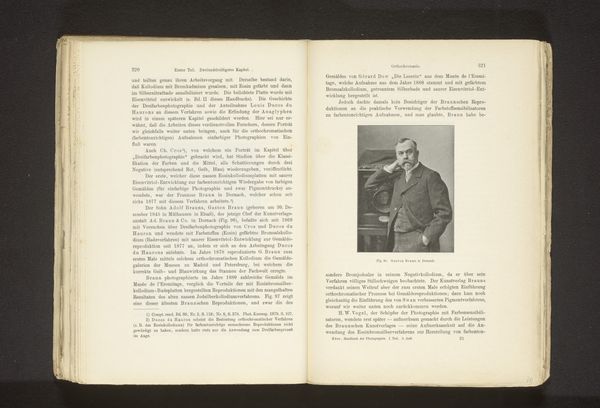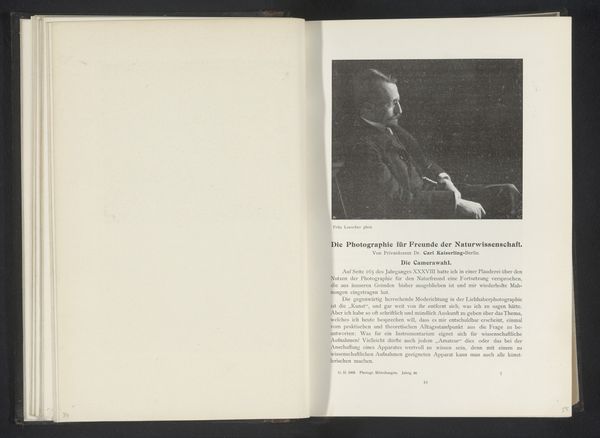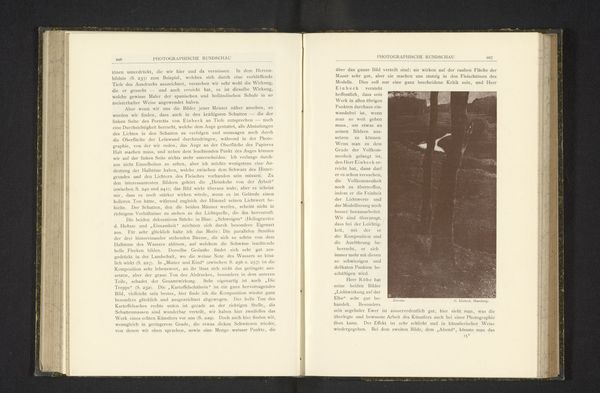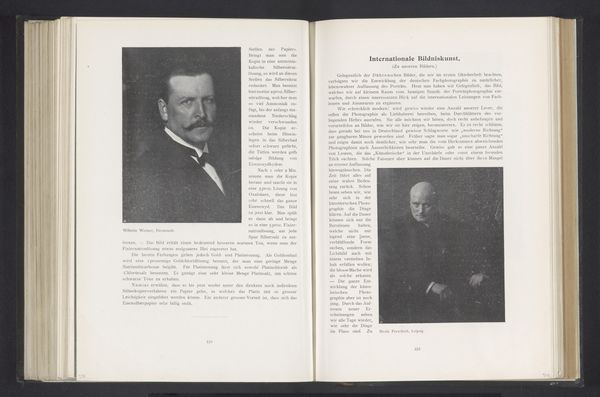
Orde!; het laatste nieuws over de Sovjet-Unie 1941 - 1947
0:00
0:00
graphic-art, print, paper, photography
#
graphic-art
#
newspaper
# print
#
paper
#
photography
#
personal sketchbook
#
journal
Dimensions: height 41.5 cm, width 29.7 cm
Copyright: Rijks Museum: Open Domain
Curator: This newspaper, "Orde!," from the period 1941-1947 and created by the Departement van Volksvoorlichting en Kunsten, presents a fascinating glimpse into the materiality of propaganda. The paper itself, the ink, the photographic images – all these elements were produced under specific material conditions, using resources extracted and processed within a certain economic and political system. Editor: It looks like a pretty standard newspaper layout, actually, aside from the dramatically large "Orde!" title. Given that it combines both text and photography, what would you say is most striking about this print? Curator: I’m interested in how the "Departement van Volksvoorlichting en Kunsten" – that is, the Department of Public Information and Arts – employed this specific medium for political ends. The physical object in your hands signifies the material means available to disseminate information, reflecting priorities in wartime resource allocation and technological development in printing. Note how photography is deployed here. Editor: So you're saying the way it’s constructed – the printing process itself – reveals something significant? Curator: Precisely. Consider the labor involved, from sourcing the paper to distributing the finished product. Each step reveals a network of human effort and industrial infrastructure dedicated to shaping public opinion, perhaps as much if not more than shaping art. Who controlled the printing presses and how? To what end? How was the final paper then received and circulated? It underscores how cultural narratives get produced and consumed. Editor: So, by studying the physical processes of creation, we learn more about its social and historical impact. Thanks, I never considered that perspective! Curator: And, conversely, by seeing that material production, labor, and distribution become valid points of entry to discussing a work's impact, it encourages me to look more fully, and critically, at the modes of production active in art making today.
Comments
No comments
Be the first to comment and join the conversation on the ultimate creative platform.
